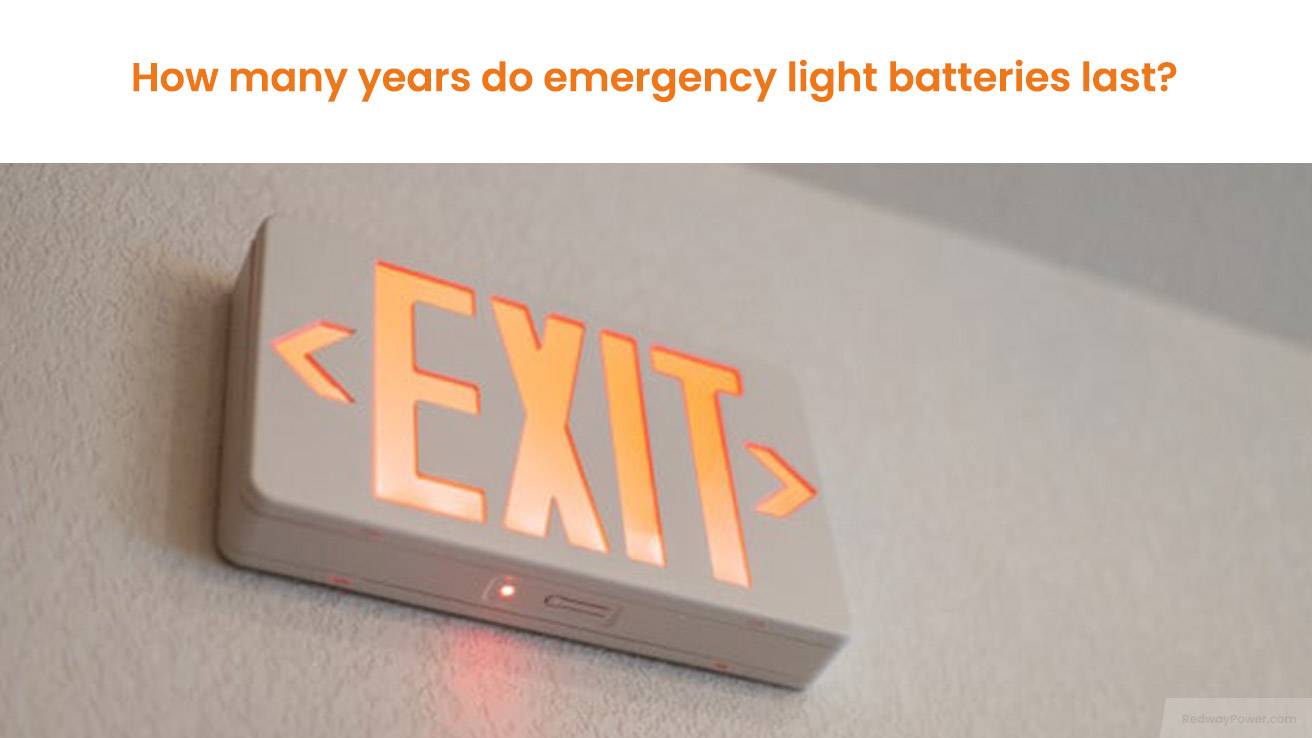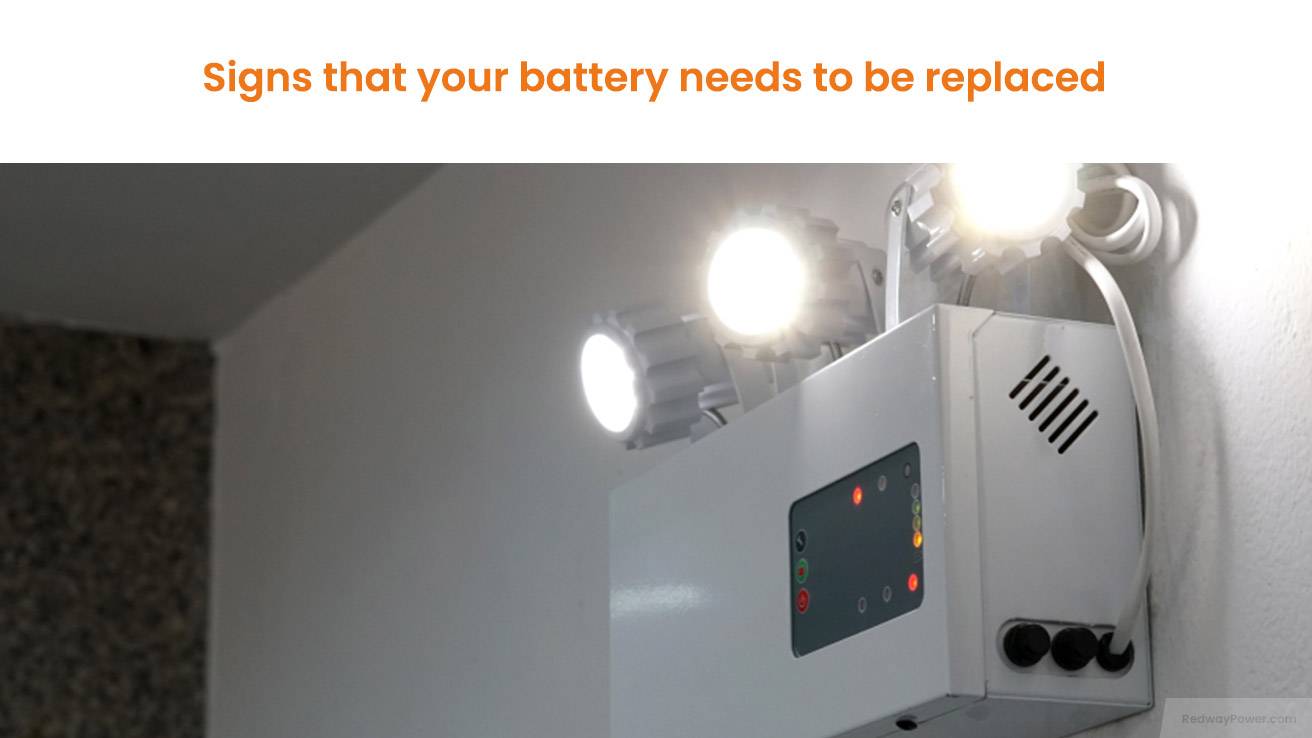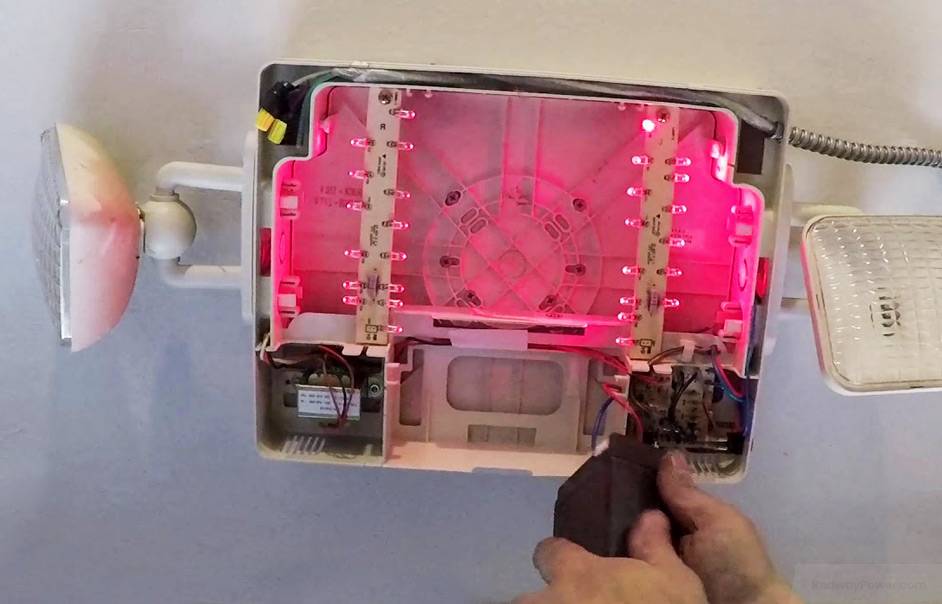We often overlook the importance of lighting until a power outage occurs. Emergency lights step in during such moments, ensuring our safety. Ever wondered how long their batteries last? In this guide, we’ll explore the lifespan of emergency light batteries and the factors influencing it. Let’s uncover how these crucial power sources keep shining!
Factors that affect battery lifespan
The lifespan of emergency light batteries is influenced by various factors. Understanding these is crucial for ensuring their longevity and reliability during critical situations.
- Temperature Impact: Extreme temperatures, whether hot or cold, significantly affect battery performance. High temperatures accelerate internal component degradation, while low temperatures slow down chemical reactions, leading to reduced battery capacity.
- Usage Frequency: Regular use and frequent discharges place stress on battery cells, resulting in a shorter lifespan. Batteries used less frequently tend to last longer as they experience less wear and tear.
- Battery Quality: Opting for high-quality batteries from reputable manufacturers ensures better reliability and longevity. Cheaper alternatives may compromise performance and have shorter lifespans.
- Charging Practices: Proper charging is essential. Overcharging or undercharging can lead to premature failure or reduced capacity over time. Following manufacturer guidelines for charging times and procedures is crucial for optimal battery performance.
- Environmental Conditions: Humidity levels and exposure to moisture impact battery lifespan. Moisture entering the battery compartment can cause corrosion and damage internal components, resulting in decreased efficiency or failure.
Understanding and managing these factors through temperature control, proper charging, choosing quality batteries, and preventing exposure to moisture ensure your emergency light batteries are ready for action when needed most.
Typical lifespan of emergency light batteries
Emergency light batteries are vital for safety during power outages, but how long do they typically last? Let’s explore the factors influencing their lifespan.
- Battery Types: Emergency lights use nickel-cadmium (Ni-Cd) or sealed lead-acid (SLA) batteries. Ni-Cd batteries last around 3-5 years, while SLA batteries can endure for about 5-7 years.
- Usage Frequency: Frequent or prolonged use of emergency lights can significantly reduce battery life. The more they are used or kept illuminated for extended periods, the shorter their lifespan.
- Environmental Conditions: Extreme temperatures, high humidity, and exposure to moisture can expedite battery degradation. These environmental factors contribute to a faster decline in performance over time.
- Maintenance Practices: Regular testing and maintenance are crucial for optimal performance. Inspecting for corrosion, cleaning terminals, and promptly replacing old or damaged batteries help maintain efficiency and extend lifespan.
Conclusion: While there’s no exact timeframe for emergency light battery lifespan, understanding these factors empowers informed decisions on replacement timelines. Careful consideration and proper maintenance practices ensure your emergency lights are always reliable when needed.
Signs that your battery needs to be replaced
To ensure your emergency lights are always reliable during power outages, understanding signs indicating battery replacement is crucial. Let’s explore common indicators:
- Dimming or Flickering Lights: If emergency lights appear dim or flicker after a full charge, it signals diminishing battery capacity, indicating a need for replacement.
- Reduced Runtime: Noticeable decrease in the duration emergency lights stay illuminated suggests the battery is losing effectiveness. If they don’t last as long as before, consider a battery replacement.
- Unusual Noises: Squeaking or buzzing sounds emanating from emergency lights may point to internal battery issues. Any such noises should be investigated promptly.
- Physical Inspection: Regularly inspect batteries for bulges, leaks, or damage. Damaged batteries or terminals can compromise safety, warranting immediate action.
- Manufacturer’s Recommendations: Keep track of when batteries were last replaced. If nearing or exceeding the manufacturer’s recommended lifespan and experiencing diminished performance, investing in new batteries is advisable.
Conclusion: Well-functioning emergency lighting is vital for safety. Recognizing these signs and promptly replacing batteries ensures reliable performance during critical situations.
Tips for extending the lifespan of your battery
To ensure your emergency light batteries are reliable in critical situations, adopting proper maintenance habits is crucial. Explore these practical tips for extending their lifespan:
- Optimal Temperature Management: Store batteries in moderate temperatures, avoiding extremes that can harm performance. Protection from excessive heat or cold is vital for prolonged battery life.
- Regular Inspection Routine: Keep a close eye on your emergency lights and batteries. Periodic inspections help identify corrosion or damage early on. Cleaning terminals prevents charging issues and ensures peak battery performance.
- Periodic Light Testing: Implement routine tests for your emergency lights. This proactive measure allows the early detection of potential issues, safeguarding the overall battery lifespan.
- Choose Quality Batteries: Invest in batteries from reputable manufacturers. Quality construction and extended lifespans make them a wise choice over cheaper alternatives.
- Avoid Overcharging Practices: Prevent overcharging, a habit that can significantly reduce battery life. Once fully charged, disconnect your emergency lights from power sources to preserve their longevity.
- Appropriate Storage Techniques: When storing spare batteries, choose a cool, dry location away from direct sunlight and excess humidity. Proper storage safeguards their condition for future use.
Conclusion: By incorporating these straightforward tips into your routine, you can maximize the lifespan of your emergency light batteries, ensuring they remain reliable and ready when needed most.
Importance of regular maintenance and testing
Regular maintenance and testing are essential for ensuring the reliability and longevity of emergency light batteries. Adopting a systematic approach to battery care is crucial for minimizing the risk of failures during critical situations.
- Scheduled Inspections: Regularly inspect your emergency lights and batteries for signs of damage or corrosion on the terminals. Ensure proper connectivity by cleaning terminals if necessary. Check the overall condition of the battery housing and wiring for wear or loose connections.
- Routine Testing Procedures: Conduct periodic discharge tests to assess battery capacity and runtime. This proactive measure helps identify any decline in performance, ensuring your batteries can provide sufficient illumination during power outages or emergencies.
- Documentation of Maintenance: Keep a detailed record of all maintenance activities for your emergency light system. This documentation serves as a valuable reference, tracking past issues and trends in battery performance. Informed decisions regarding replacements or upgrades can be made based on this historical data.
- Professional Service Partnerships: Consider collaborating with professional service providers specializing in emergency lighting systems. These experts offer valuable insights into system regulations and provide advice on optimal battery maintenance practices for reliable performance.
Conclusion: Prioritizing regular maintenance and testing procedures for emergency light batteries is a proactive approach to significantly extend their lifespan. Be proactive in safeguarding against potential failures by consistently caring for these critical components within your safety infrastructure. Remember, prevention is key!





